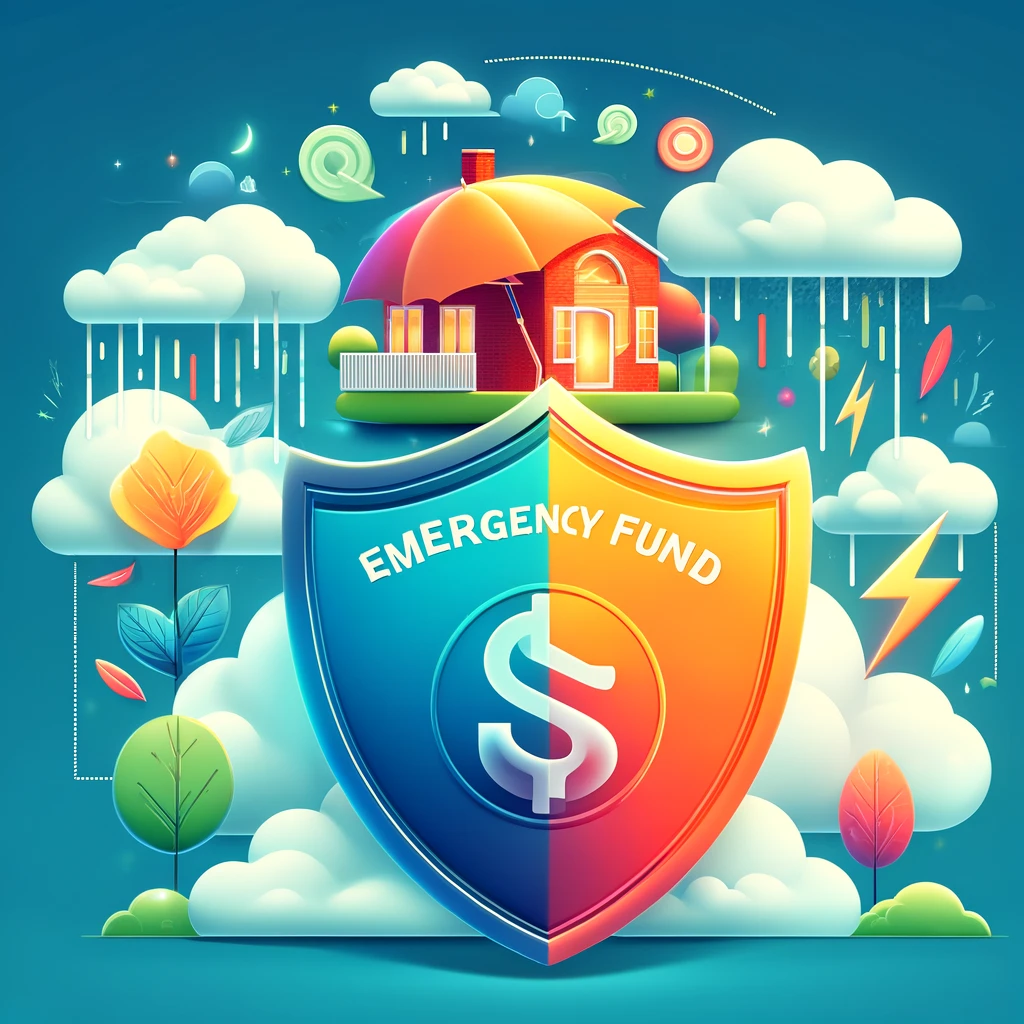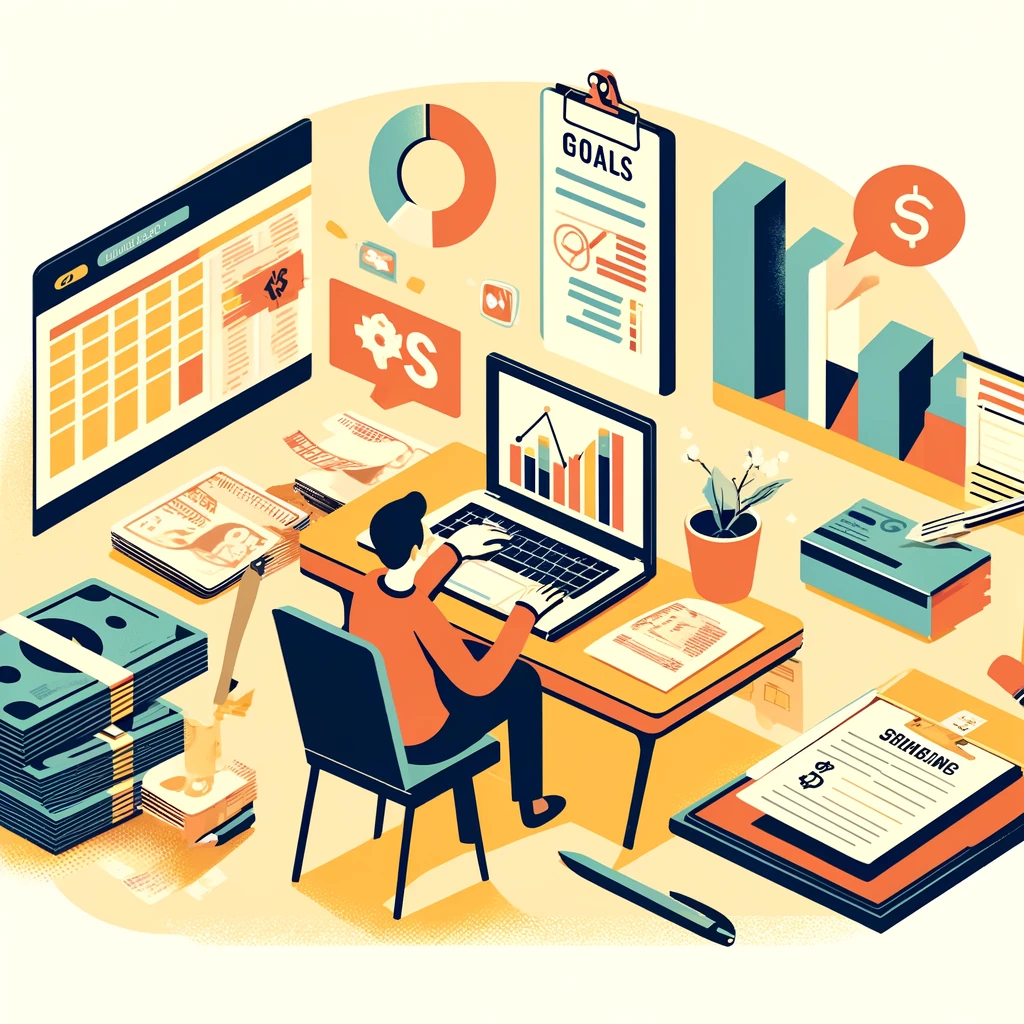In the unpredictable journey of life, financial uncertainties can emerge at any moment, making an emergency fund not just a financial strategy, but a cornerstone of peace of mind. An emergency fund is a safety net designed to cover unexpected expenses without disrupting your regular financial obligations or resorting to high-interest debt. This comprehensive guide explains the importance of an emergency fund, outlines steps to build one, and suggests where to keep it for optimal accessibility and growth.

The Importance of an Emergency Fund
Shield Against Financial Uncertainties The primary purpose of an emergency fund is to provide financial security against unforeseen events such as job loss, medical emergencies, or urgent home repairs. It ensures that you have immediate access to funds when you need them the most.
Avoiding Debt Without a financial cushion, unexpected expenses often lead to reliance on credit cards or loans, accruing high interest. An emergency fund helps avoid this debt spiral, preserving your financial health.
How to Build an Emergency Fund
Determine Your Target Start by calculating your living expenses for three to six months, considering costs like rent, utilities, groceries, and any other necessities. This total is your initial target for your emergency fund, offering sufficient coverage for most financial surprises.
Create a Savings Plan With your target in mind, devise a savings plan. This might involve setting aside a fixed percentage of your income, cutting down on non-essential expenses, or redirecting small windfalls (like tax returns) directly into your emergency fund.
Start Small, Grow Steadily If saving several months’ worth of expenses seems daunting, start small. Even a modest emergency fund can provide a buffer, and you can gradually increase your contributions as your financial situation improves.
Where to Keep Your Emergency Fund
Accessibility is Key The ideal location for your emergency fund is somewhere easily accessible but not too tempted to dip into for non-emergencies. High-yield savings accounts, money market accounts, or certificates of deposit (CDs) can be good options, offering the right balance between accessibility and growth.
Consider Online Savings Accounts Online banks often offer higher interest rates than their brick-and-mortar counterparts, making them an attractive option for your emergency fund. Just ensure the account provides easy withdrawal options without penalties.
Regular Monitoring and Adjustments Your emergency fund isn’t static; it should evolve with your financial situation. Regularly review and adjust your fund to ensure it meets your current needs, especially after significant life changes like a new job, relocation, or family expansion.
Conclusion
Building and maintaining an emergency fund is a fundamental aspect of sound financial planning. It not only safeguards against the unpredictable nature of life but also provides a foundation for financial confidence and freedom. By understanding why an emergency fund is crucial, how to methodically build one, and where to strategically store it, you can ensure that you’re prepared for whatever life throws your way.




